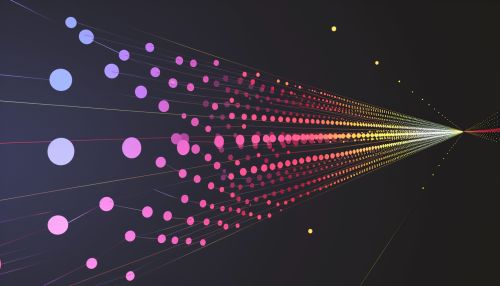Scalar multiplication
Introduction
Scalar multiplication is a fundamental operation in linear algebra, a branch of mathematics. It involves the multiplication of a vector by a scalar, resulting in a new vector. This operation is central to many mathematical and physical concepts, including matrix multiplication, dot product, and cross product.


Definition
In the context of linear algebra, a scalar is a real or complex number that is used to change the magnitude (length) or direction of a vector. The process of scalar multiplication involves multiplying each component of the vector by the scalar. The result is a new vector with each component multiplied by the scalar.
Mathematical Representation
Let's consider a vector v in a vector space V over a field F. The scalar multiplication of v by a scalar λ from F is denoted as λv. If v is represented as v = (v1, v2, ..., vn), then λv = (λv1, λv2, ..., λvn).
Properties
Scalar multiplication possesses several properties that are consistent with those of ordinary multiplication:
- Distributivity over vector addition: For any vectors u and v, and any scalar λ, we have λ(u + v) = λu + λv.
- Distributivity over scalar addition: For any vector v and any scalars λ and μ, we have (λ + μ)v = λv + μv.
- Associativity of scalar multiplication: For any vector v and any scalars λ and μ, we have (λμ)v = λ(μv).
- Identity element of scalar multiplication: For any vector v, we have 1v = v, where 1 is the multiplicative identity in F.
Applications
Scalar multiplication is used in a wide variety of mathematical and scientific contexts. In physics, for example, it is used in the calculation of force, velocity, and acceleration. In computer graphics, scalar multiplication is used to scale images and perform transformations. In machine learning and data science, scalar multiplication is used in the calculation of dot products and cross products, which are fundamental to many algorithms.
